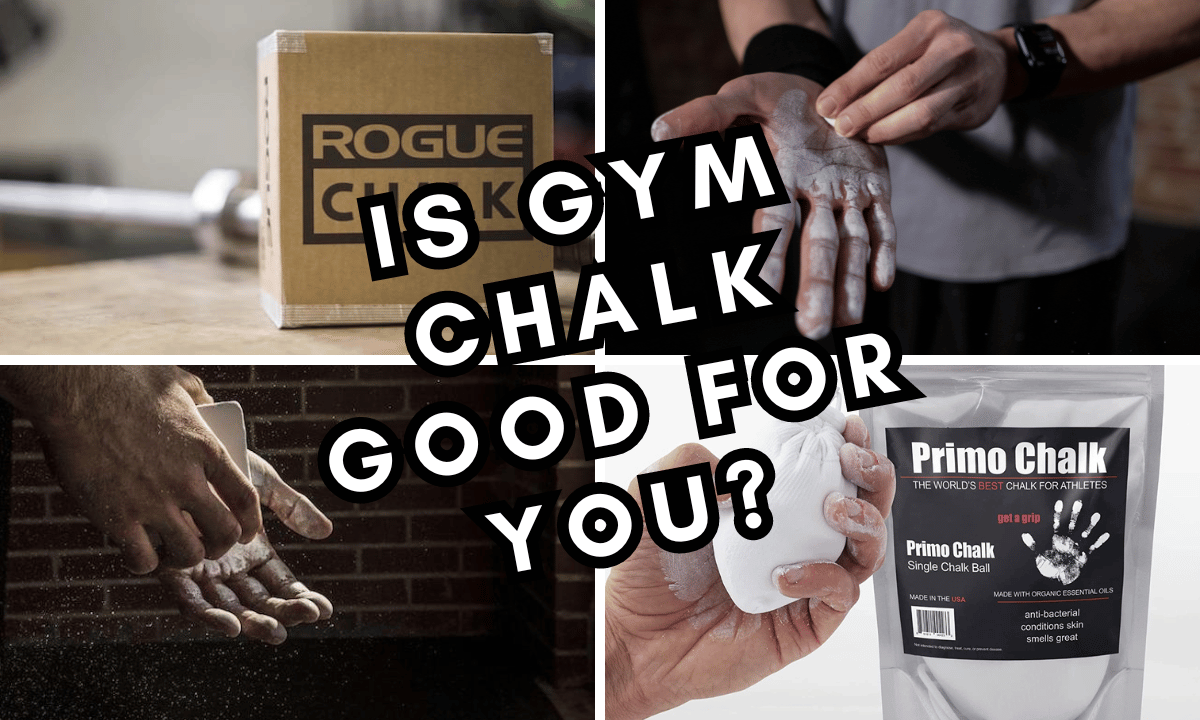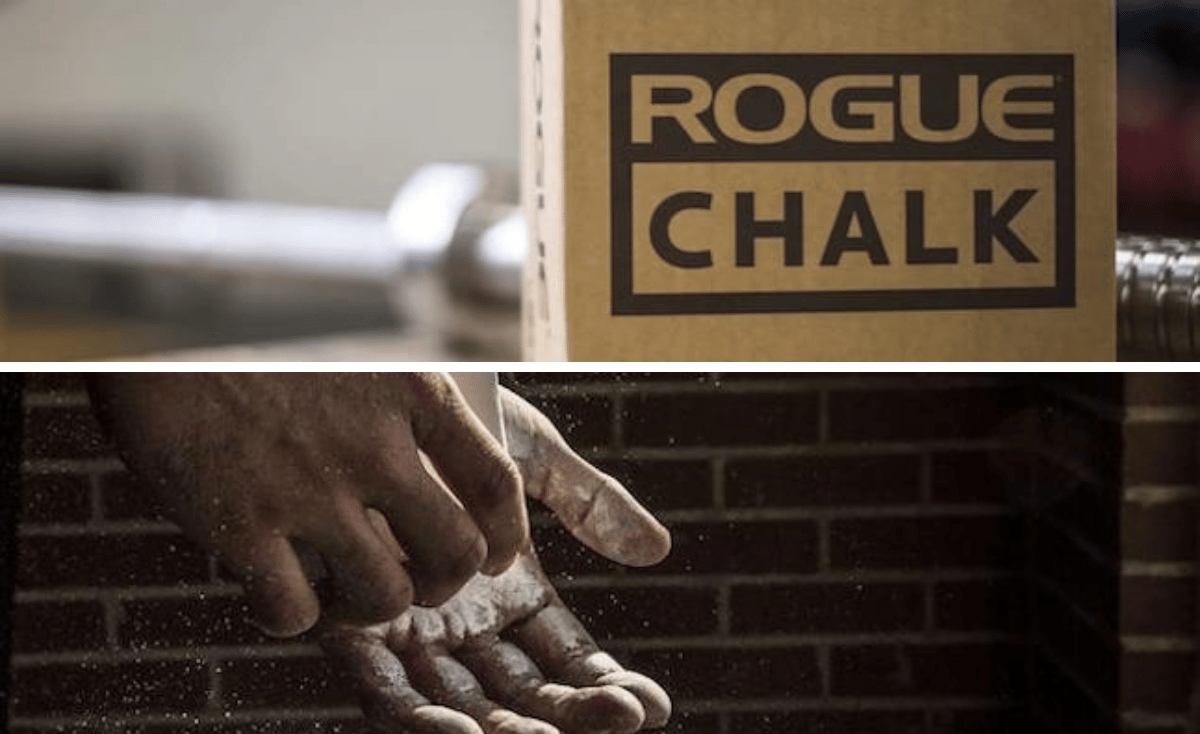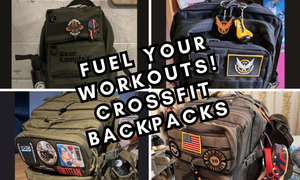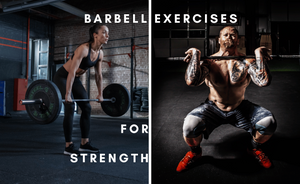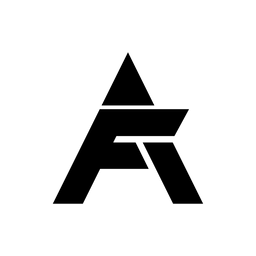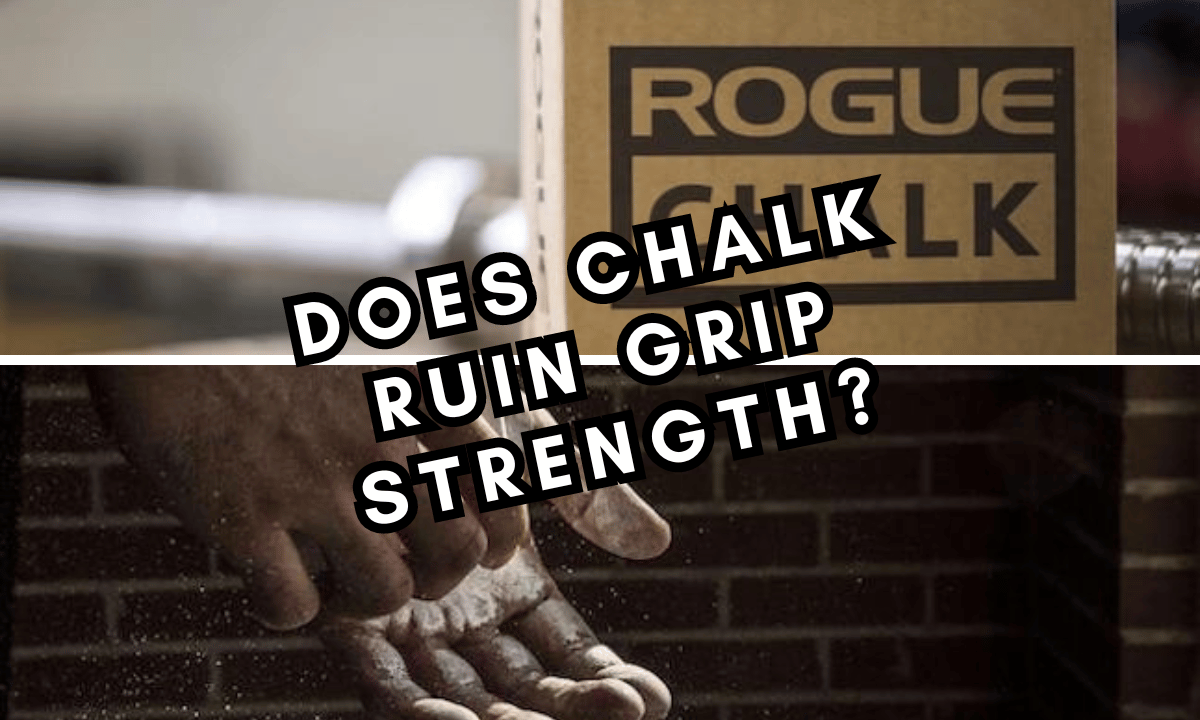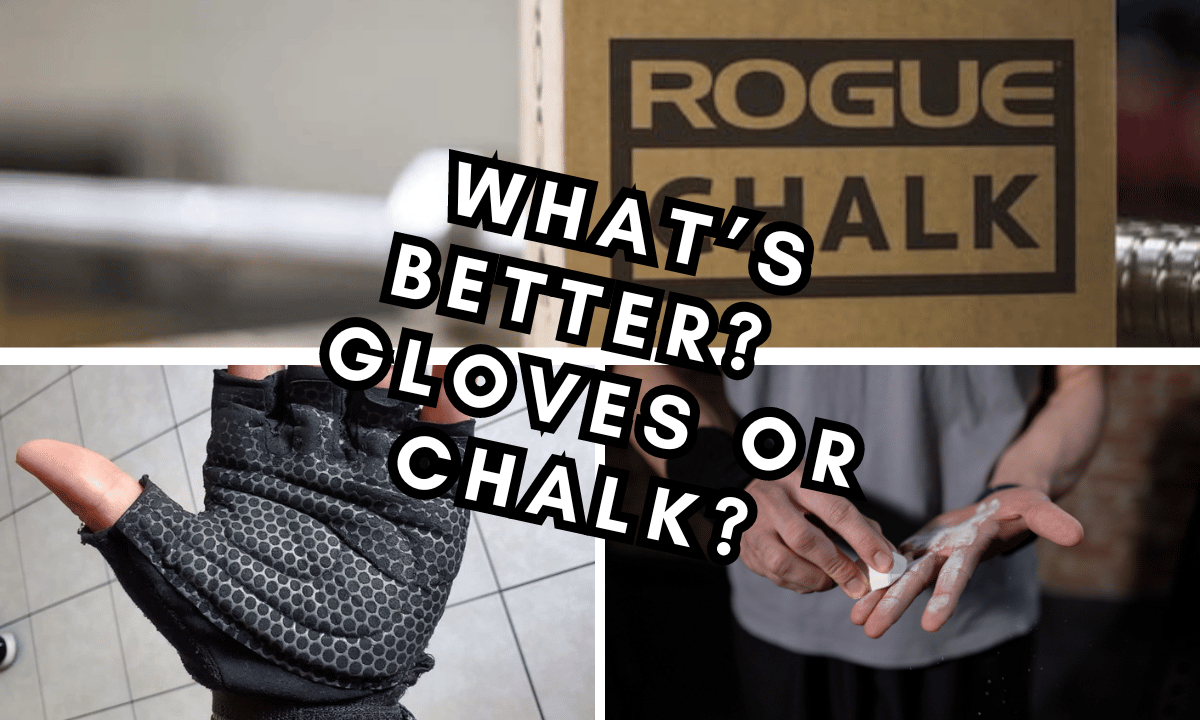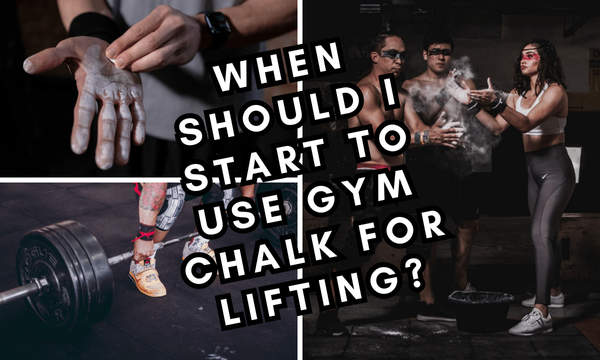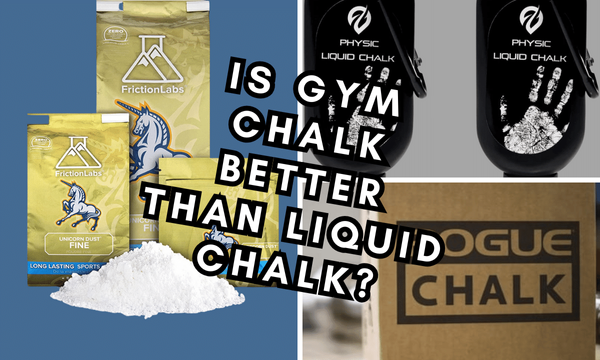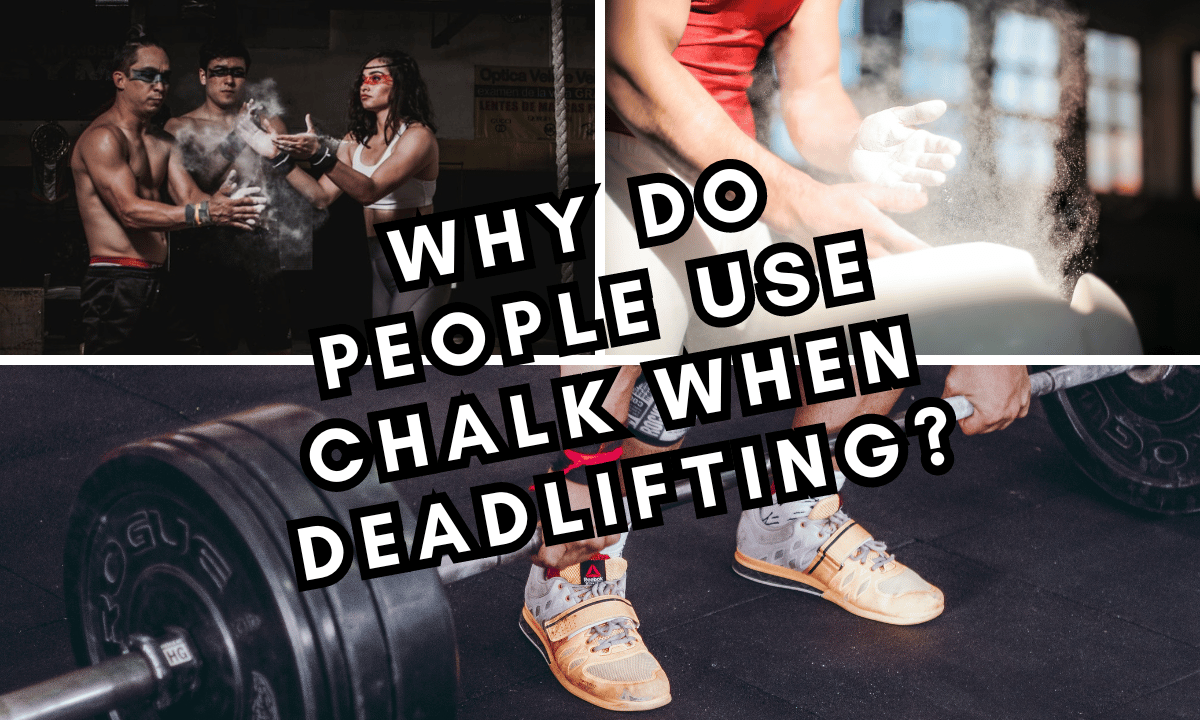Grip plays a crucial role in sports and fitness activities, as it can directly impact performance, comfort, and safety. When it comes to enhancing grip, one might ask, “is there a difference between lifting chalk and regular chalk?” In this blog post, we’ll delve into the differences between these two types of chalk and their respective pros and cons, helping you decide which one is the best fit for your needs.
Key Takeaways
- Lifting chalk is composed of magnesium carbonate and used to enhance grip in sports and fitness activities, while regular chalk is made from calcium carbonate for writing or drawing.
- Benefits of lifting chalk include improved grip strength, injury prevention, versatility across various sports & fitness activities. It may cause messiness & skin irritation.
- When selecting the right type of lifting chalk consider personal preference, skin sensitivity & gym rules to make an informed decision that best suits individual needs.
Understanding Lifting Chalk and Regular Chalk
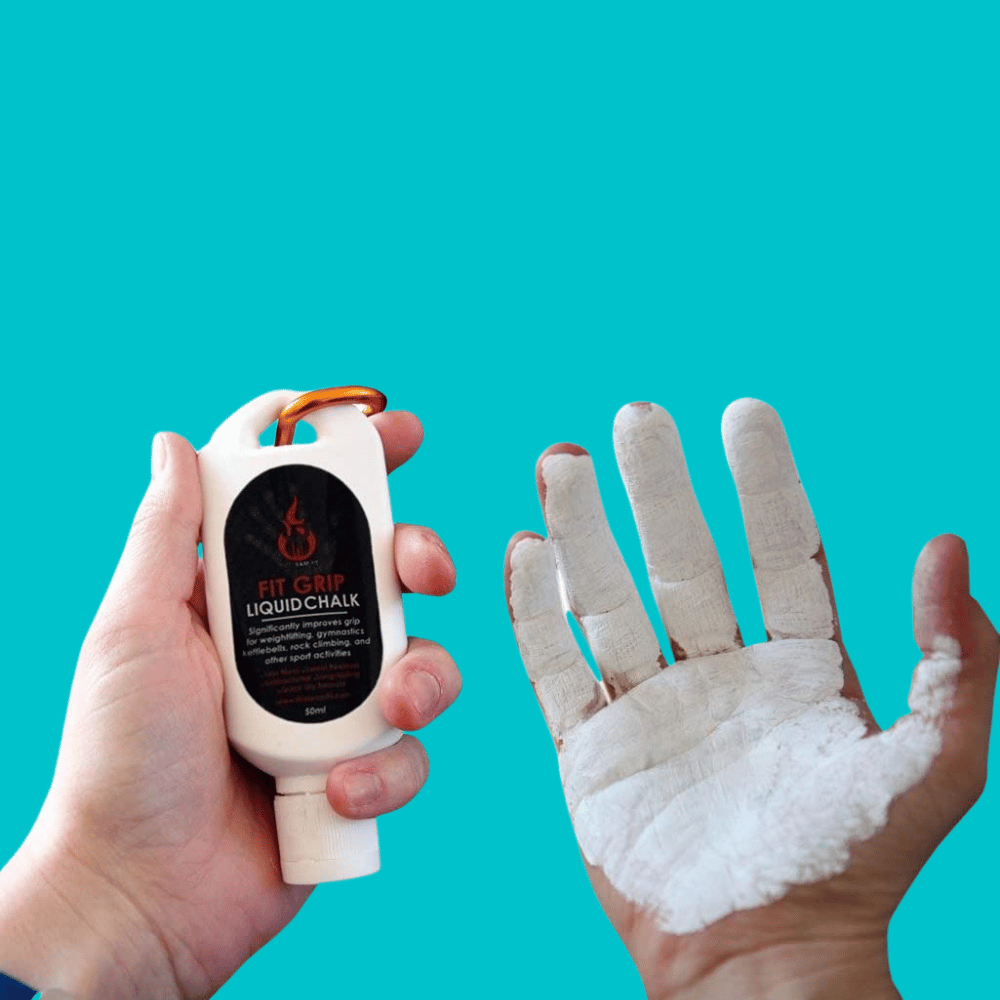
Chalk is a versatile substance that has various applications, from writing on blackboards to improving grip in sports. But not all chalk is created equal! Lifting chalk, also known as gym chalk or magnesium carbonate, is specifically designed to enhance grip during sports and fitness activities, including gymnastics chalk.
For those who require a larger supply, bulk gym chalk is a cost-effective option. Interestingly, chalk tends to vary in quality and composition, which is why gym chalk is the preferred choice for athletes.
On the other hand, regular chalk, made from calcium carbonate, is typically used for writing and drawing. So, how do these two chalk types differ? We’ll explore their composition, purpose, and usage in depth.
Composition: Magnesium Carbonate vs Calcium Carbonate
Lifting chalk is primarily composed of magnesium carbonate, a white, odorless powder that absorbs moisture effectively and provides excellent friction. Regular chalk, however, is made from calcium carbonate, which can cause intense irritation to eyes and skin compared to gym chalk.
Recognizing the compositional difference is key: although both chalk types may seem alike, the unique properties of magnesium carbonate make it a more effective choice for grip enhancement in sports and fitness activities.
When comparing chalk vs other writing materials, it’s important to note that regular chalk’s calcium carbonate composition makes it more suitable for writing and drawing purposes. It’s widely available and affordable but comes with its own set of disadvantages, such as the potential to cause eye and skin irritation.
In contrast, gym chalk is much less abrasive and causes minimal irritation, making it the preferred choice for athletes who require improved grip strength during their workouts.
Purpose: Enhancing Grip vs Writing and Drawing
Lifting chalk is primarily used to enhance grip in sports and fitness activities. It plays a crucial role in preventing the bar from slipping during exercises such as the back squat or the clean, where the bar is typically positioned across the shoulders or collarbone. Using lifting chalk provides several advantages, such as:
- Reducing sweat
- Improving grip security
- Making lifts more comfortable and secure
- Helping prevent injuries from uncontrolled weights
- Allowing for a stronger and more stable grip on the equipment
Regular chalk, on the other hand, is frequently used for writing and drawing. It’s commonly employed on blackboards or chalkboards, where it can be easily wiped off and rewritten.
Chalk is also used for sketching on various surfaces, as it allows for precise lines of any width. Despite both chalk types serving different functions, selecting the appropriate one for your specific needs and activities is vital.
Usage: Sports and Fitness vs Classroom and Art
Lifting chalk is widely used in sports and fitness settings, with athletes participating in CrossFit, powerlifting, weightlifting, rock climbing, and gymnastics often relying on it to enhance their grip.
Exercises such as chin-ups, pull-ups, deadlifts, rows, bench press, clean and press, and overhead press greatly benefit from the use of lifting chalk, as it helps improve grip and reduce the risk of injury.
The advantages of using lifting chalk in sports and fitness settings include enhanced grip strength, minimized risk of injury, and versatility. However, there are also drawbacks, such as messiness, skin irritation, and potential gym restrictions.
In contrast, regular chalk is utilized in classroom settings for writing and drawing on chalkboards. Educators often prefer it due to the tactile experience it provides, similar to using a pen or pencil.
Although not as common as they once were, chalkboards are still present in some classrooms. To reduce chalk dust, regular cleaning and proper ventilation are essential.
As you can see, both lifting and regular chalk have their own unique applications, and it’s important to select the right type based on your specific needs.
Benefits of Lifting Chalk
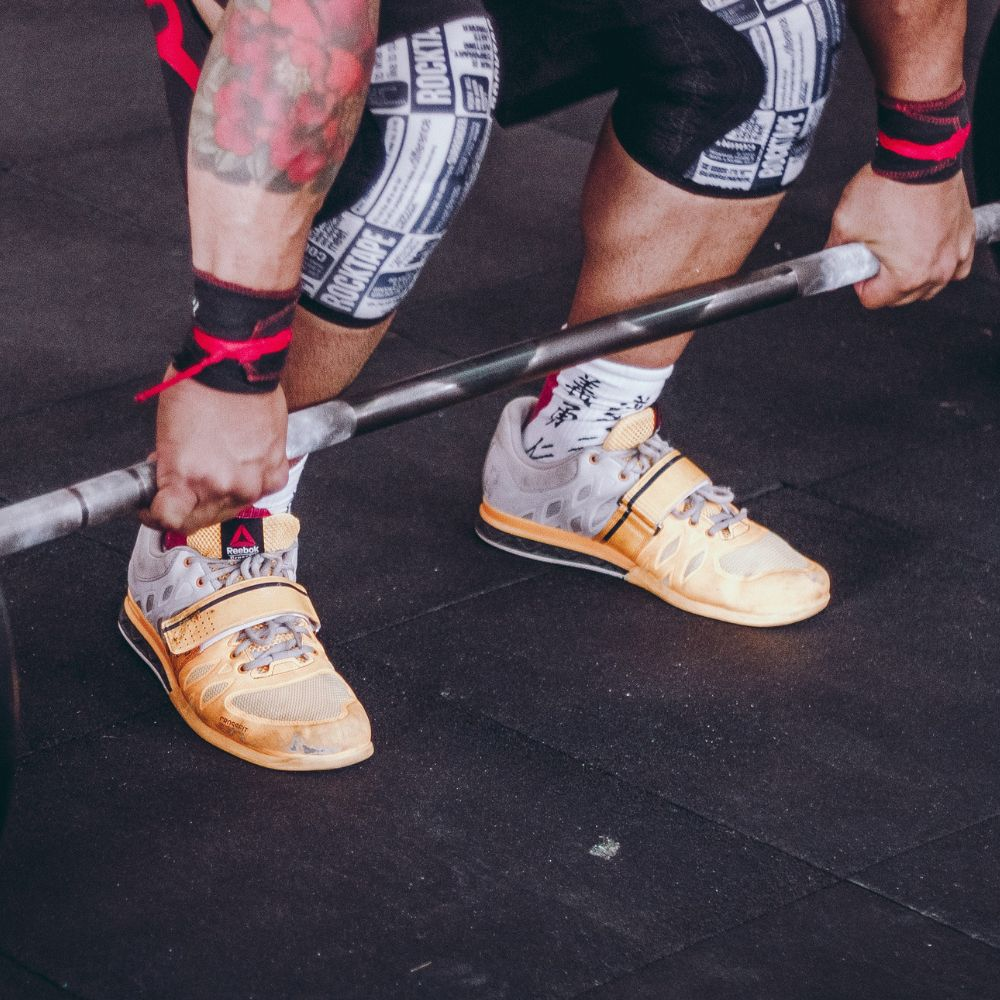
Multiple benefits come with using lifting chalk, including enhanced grip strength, injury prevention, and its versatility across various sports and fitness activities. By absorbing sweat and providing a layer of friction, lifting chalk enables athletes to maintain a strong grip throughout their workouts, leading to better performance.
Additionally, using chalk, specifically lifting chalk, can prevent injuries by reducing the risk of slipping and losing grip during exercises.
Lastly, lifting chalk’s versatility makes it a valuable tool in a wide range of sports and fitness activities, such as:
- weightlifting
- gymnastics
- rock climbing
- and more.
Improved Grip Strength
Lifting chalk helps athletes maintain a strong grip during workouts, which directly impacts their performance. It absorbs sweat and creates a layer of friction, ensuring a secure grip on the equipment and minimizing the risk of slips and injuries. This is particularly important in sports that require a high level of grip strength, such as:
- weightlifting
- powerlifting
- rock climbing
- gymnastics
However, some athletes might find the grip offered by specific lifting chalk types, like liquid chalk, not as effective as block chalk. This largely depends on individual preference and the specific sport or fitness activity they are participating in.
In the end, selecting the lifting chalk type that offers the best grip strength for your requirements is crucial.
Injury Prevention
Using lifting chalk can play a significant role in injury prevention, as it helps maintain a secure grip and reduce the risk of slipping during exercises. This is particularly important in sports and fitness activities that involve lifting heavy weights or performing complex movements, where losing grip could lead to serious injuries. Additionally, the use of lifting chalk enhances safety during workouts by:
- Absorbing sweat
- Creating a layer of friction
- Improving grip
- Minimizing the risk of slips and injuries
Research has demonstrated that lifting chalk can reduce the risk of injury by augmenting grip strength and improving performance in exercises that necessitate a strong grip, such as open-handed and pinch grip exercises.
Hence, integrating lifting chalk into your workout routine is vital to maintain a secure grip, avoid slips, and increase stability during lifts.
Versatility
Lifting chalk boasts versatility, as it can be used in various sports and fitness activities, including:
- Weightlifting
- Gymnastics
- Rock climbing
- Throwers
- Pole vaulting
- Powerlifting
- Bodybuilding
- CrossFit
- Bouldering
It’s a valuable tool for athletes who require improved grip strength and stability during their activities.
Moreover, there are specialized techniques for using lifting chalk in different sports, such as weightlifting and rock climbing. In weightlifting, lifting chalk can help improve grip strength and avert slippage during weightlifting, powerlifting, and other activities that necessitate a secure grasp on equipment.
In rock climbing, lifting chalk enhances grip, decreases sweat, and provides a cleaner and more controlled climbing experience.
No matter the sport or fitness activity, lifting chalk usage can enhance performance and safety.
Disadvantages of Lifting Chalk

Although lifting chalk has numerous benefits, it’s also important to consider some downsides like messiness, skin irritation, and gym restrictions. Chalk can leave residue on equipment and surfaces, making it important to clean up after use to maintain a clean and safe gym environment.
Some individuals may experience skin irritation from using lifting chalk, especially those with sensitive skin. Furthermore, some gyms may restrict or ban the use of lifting chalk due to the mess it can create.
Messiness
Lifting chalk, particularly in its traditional block form, can be quite messy, leaving residue on equipment and surfaces that require regular cleaning. This can be particularly bothersome in a gym setting, where multiple users share equipment and cleanliness is important for maintaining a pleasant atmosphere.
Chalk residue can also affect air quality if it’s disturbed, potentially causing respiratory issues for gym-goers.
To reduce the messiness linked with using lifting chalk, careful application and post-workout cleanup are vital. This includes:
- Using a barbell brush to remove grime and caked chalk from dumbbells and barbells
- Wiping the equipment with a cleaning solution sprayed onto a microfiber cloth
- Allowing the equipment to air-dry before re-racking.
Correct cleaning and equipment maintenance contribute to a clean and safe gym environment for everyone.
Skin Irritation
Some individuals may experience skin irritation from using lifting chalk, especially those with sensitive skin. Potential skin irritations caused by lifting chalk can include:
- Dryness
- Redness
- Discomfort
- Rash-like reactions
These reactions may be due to the drying effect of the chalk on the skin. Magnesium carbonate, the primary ingredient in lifting chalk, can potentially cause skin irritation.
If you have sensitive skin or experience irritation from lifting chalk, you might want to try alternative grip-enhancing products like liquid chalk or chalk formulated for sensitive skin.
Awareness of any potential allergies or sensitivities while using lifting chalk is important, and choosing a product less prone to causing irritation is advisable.
Gym Restrictions
Some gyms may restrict or ban the use of lifting chalk due to the mess it can create and potential damage to equipment. In these cases, lifters may need to look for alternative grip-enhancing products, such as liquid chalk or grip pads, which are typically more acceptable in gyms with strict chalk rules.
It’s important to respect gym rules and consider the preferences of other gym-goers when using lifting chalk. If you’re unsure whether your gym allows the use of chalk, consult with the gym staff before bringing it into the facility.
By respecting gym rules and opting for suitable alternatives when required, you can still reap the benefits of enhanced grip without creating unnecessary mess or conflict in your gym environment.
Types of Lifting Chalk

There are several types of lifting chalk available, each with their own unique advantages and disadvantages. Chalk is available in various forms, including:
- Block chalk
- Loose chalk
- Liquid chalk
- Chalk balls
One type of lifting chalk may be more apt for you than others, depending on your specific needs and preferences.
Block Chalk
Block chalk is the traditional form of lifting chalk and is often preferred by athletes due to its effectiveness and cost-efficiency. It’s presented in solid block form, and weightlifters rub the block chalk on their hands to generate a dry and grippy surface, enabling them to hold onto the barbell or other equipment more securely during lifts.
However, block chalk can be messy and challenging to transport, making it a less convenient option for some users.
While block chalk offers a secure grip and is more economical than other forms of lifting chalk, it’s not without its drawbacks. The messiness and difficulty in transporting block chalk may deter some users from choosing this type.
Liquid chalk can provide athletes with a stronger grip than block chalk. This may be more beneficial when performing intense movements such as weightlifting..
Ultimately, choosing between block chalk and other lifting chalk forms will hinge on individual needs and preferences.
Liquid Chalk
Liquid chalk is a convenient alternative to block chalk that dries to form a powder, providing a secure and reliable grip for weightlifting. It’s applied to the hands prior to lifting weights and dries rapidly, allowing for a cleaner and more controlled application compared to traditional powdered chalk.
Liquid chalk is more durable than traditional powdered chalk, making it a favored choice amongst weightlifters. However, liquid chalk is typically more costly than other options and does not have a long-lasting effect.
Additionally, it can cause further dryness of the skin, particularly for those with dry or sensitive skin.
Despite being more expensive and potentially irritating to the skin, liquid chalk has several advantages over other lifting chalk types. Its advantages include:
- Mess-free nature
- Improved grip strength
- Suitable for gyms with strict chalk rules
- Cleaner and more controlled application
Liquid chalk makes a great option for users who want to avoid the mess associated with traditional chalk, like block chalk, while still enjoying the benefits of improved grip strength.
Chalk Balls
Chalk balls are a portable option that combines the effectiveness of block chalk with the reduced mess of liquid chalk. They are small sacks filled with powder chalk, designed to be squeezed in order to apply an even layer to the hands and improve grip while reducing the mess associated with using loose chalk.
Chalk balls can be a convenient choice for athletes who want to minimize mess while still benefiting from the grip-enhancing properties of lifting chalk.
Chalk balls have some limitations compared to block or liquid chalk:
- They don’t provide the same coverage.
- The distribution of application is more restricted.
- As the chalk ball nears the end of its lifespan, it can be challenging to extract enough chalk from the ball for effective use.
Despite these limitations, chalk balls are still a popular pick for those in search of a portable, mess-free alternative to traditional lifting chalk.
Choosing the Right Chalk for Your Needs
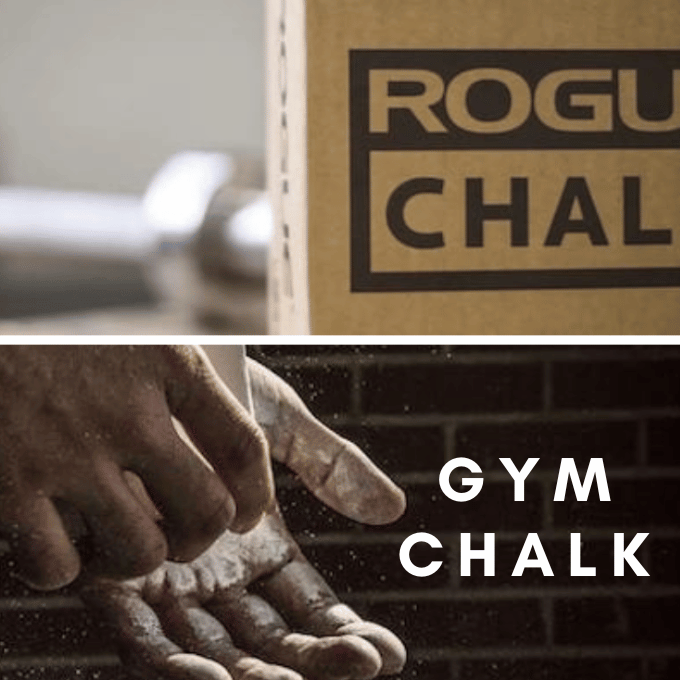
Choosing the right chalk involves taking into account factors like personal preference, skin sensitivity, and gym rules. By assessing the pros and cons of each lifting chalk type, you can identify the form that best aligns with your needs and preferences, guaranteeing optimal workout performance and grip enhancement.
Factors to Consider
Several factors should be considered when selecting the right lifting chalk. These include:
- Ease of use
- Messiness
- Longevity
- Skin sensitivity
For example, block chalk is more likely to cause a mess but offers a more secure grip, whereas liquid chalk is cleaner but provides a far less secure grip.
Additionally, the longevity of lifting chalk is contingent upon several factors, such as the amount of chalk used and the frequency of application, with both liquid and dry chalk being effective for multiple workouts.
Skin sensitivity is also an important factor to consider when selecting lifting chalk. Some individuals may be more sensitive to certain types of chalk than others, and it’s essential to choose a product that is less likely to cause irritation.
Considering these factors can help you make an informed decision and choose the lifting chalk type that best meets your specific needs.
Recommendations
Based on individual needs and preferences, various types of lifting chalk might be more suitable for certain users. For those who train at a gym that enforces strict chalk rules, liquid chalk is suggested.
For those with sensitive skin, alcohol-free lifting chalk is recommended. For weightlifting, Rogue Gym Chalk is the ideal choice, while popular options for rock climbing include Super Chalk, FrictionLabs Unicorn Dust, Trango Gunpowder Climbing Chalk, and Primo Chalk.
Ultimately, the ideal lifting chalk for you will depend on your individual needs, preferences, and the specific sport or fitness activity you engage in. By considering factors such as personal preference, skin sensitivity, and gym rules, you can make an informed decision and choose the right lifting chalk to enhance your grip and improve your performance.
Proper Use and Application of Lifting Chalk
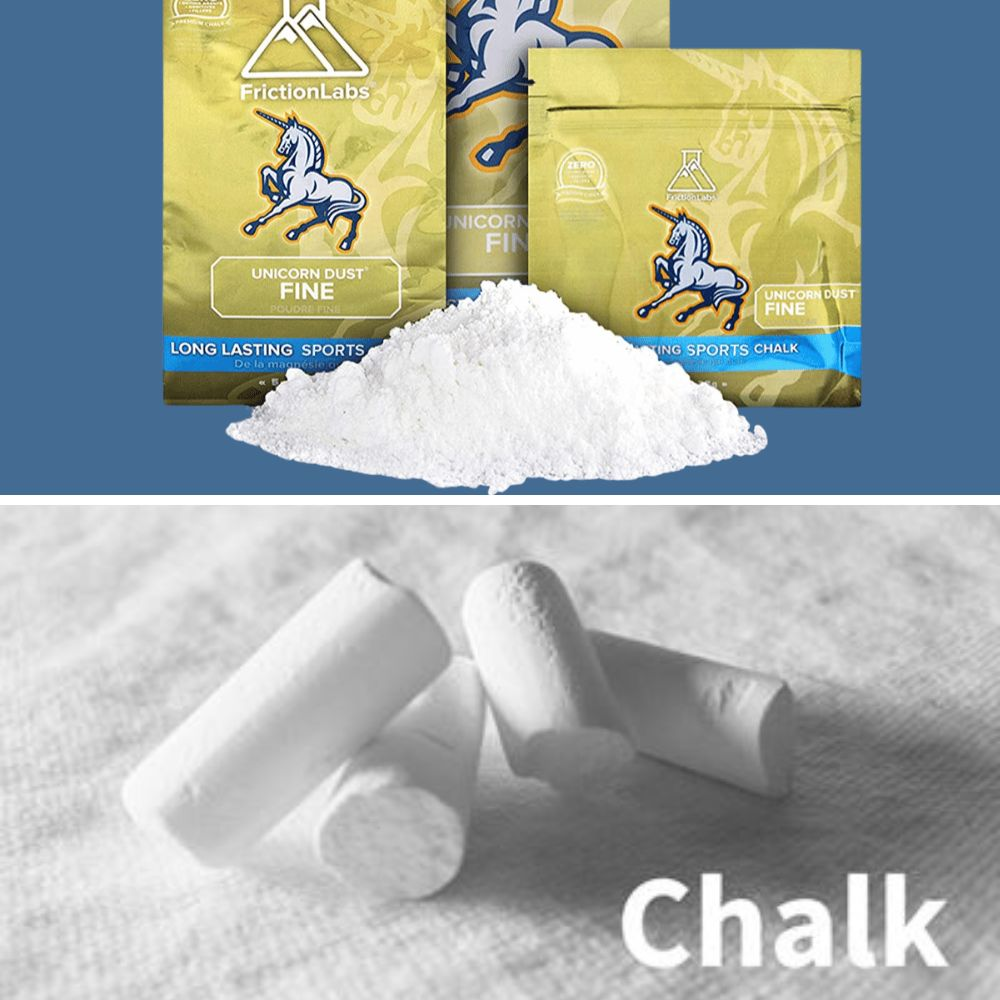
To fully leverage lifting chalk’s grip-enhancing properties, understanding its application, reapplication, and post-use cleanup is vital. Correct use and application of lifting chalk will ensure maximum grip strength, injury prevention, and a clean, safe gym environment for everyone.
How to Apply
Applying lifting chalk correctly involves the following steps:
- Break apart the chalk block into the desired size, typically by putting it in a chalk bag and stepping on it.
- Lightly drag the chalk block on each finger from top to bottom and then across your palm.
- Rub your hands together to ensure the chalk is evenly distributed.
- Clap your hands to remove any excess chalk.
- Remember to apply the chalk away from your face to avoid inhaling the dust.
The suggested amount of lifting chalk for a single application can vary based on personal preference and workout intensity. It’s generally advised to apply a generous coating of chalk to the hands, wrists, and forearms for a secure grip. The amount may vary based on personal preference and the intensity of the workout.
When to Reapply
Reapplication of lifting chalk may be necessary during long or intense workouts or in high humidity conditions. It is recommended to reapply lifting chalk during a workout when you begin to experience slipping of the grip or increased perspiration in the hands.
Maintaining a secure grip on the barbell or weights is essential to prevent any potential injuries and optimize performance.
During a standard gym session, you should reapply lifting chalk when necessary, and this might also be the case for when you need to reapply hand chalk. This should occur when you feel your grip slipping or when you observe mostly skin through the chalk on your hands.
However, the frequency of reapplication may vary based on perspiration levels during your workout and the specific exercises you’re performing.
Cleaning Up
Cleaning up after using lifting chalk is important to maintain a clean and safe gym environment. Chalk residue can leave a powdery mess on gym equipment, such as barbells, weights, and machines, making them slippery and reducing grip, which could lead to accidents.
To prevent this, it’s important to regularly clean and maintain the equipment in order to remove the chalk residue and ensure its proper functioning.
To reduce the messiness linked with using lifting chalk, careful application and post-workout cleanup are vital. This includes:
- Using a barbell brush to remove grime and caked chalk from dumbbells and barbells
- Wiping the equipment with a cleaning solution sprayed onto a microfiber cloth
- Allowing the equipment to air-dry before re-racking
Correct cleaning and equipment maintenance contribute to a clean and safe gym environment for everyone.
Summary
In conclusion, lifting chalk and regular chalk serve different purposes and possess distinct properties, making each more suitable for specific applications.
Whether you’re a professional athlete, a casual gym-goer, or a teacher, understanding the differences between these two types of chalk will help you make an informed decision and choose the right product for your needs.
By considering factors such as personal preference, skin sensitivity, and gym rules, you can optimize your grip, prevent injuries, and enhance your performance in various sports and fitness activities.
Frequently Asked Questions
Can you use normal chalk for lifting?
Traditional chalk cannot be used for lifting weights because it dissolves in water and will run off once sweating begins.
Is there a difference between climbing chalk and lifting chalk?
Climbing chalk has less moisture than "bulk" chalk, making it better suited to absorb sweat during rigorous activities. This makes it the ideal choice for both rock climbing and weightlifting.
How does lifting chalk help prevent injuries during workouts?
Lifting chalk improves grip strength and stability, reducing the risk of accidents and injuries during workouts.
Can lifting chalk cause skin irritation?
Using lifting chalk may cause skin irritation, such as dryness, redness, and discomfort, for individuals with sensitive skin. Consider using alternative grip-enhancing products or specially formulated chalk for sensitive skin.
How often should I reapply lifting chalk during a workout?
Reapply lifting chalk as needed during a workout, depending on your grip and perspiration levels.
